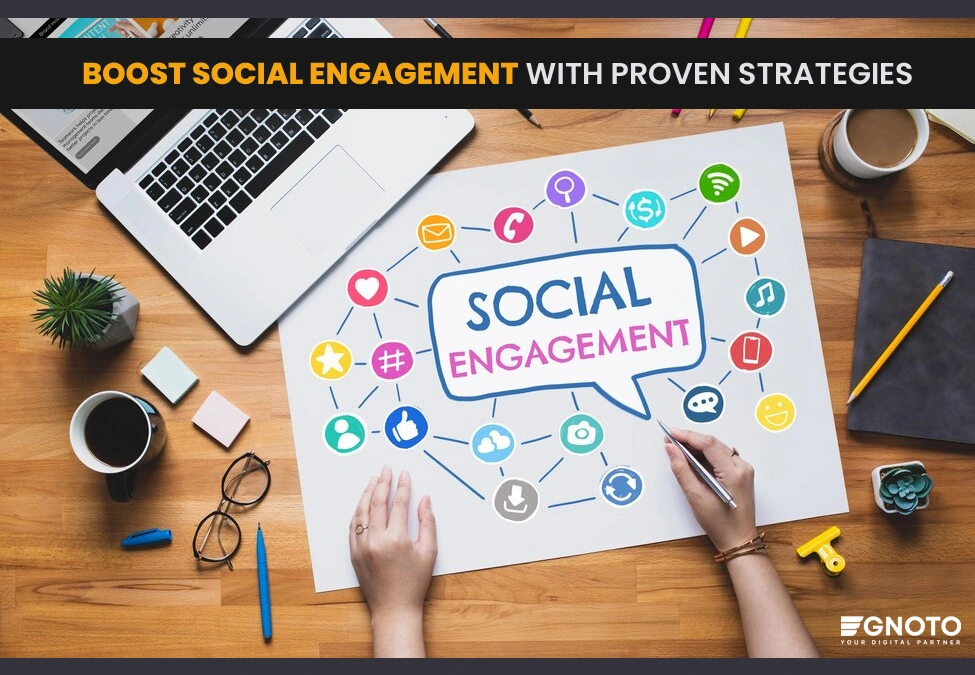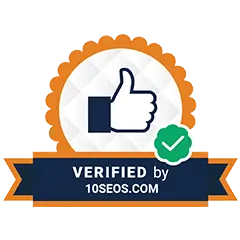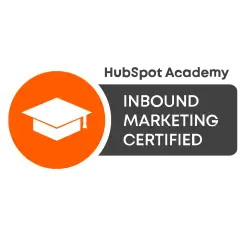Social media platforms are essential for businesses aiming to increase their brand presence, engage with their audience, and drive conversions. However, achieving success requires more than just posting content—it demands strategic optimization. Here’s how you can refine your social media approach to maximize engagement and conversions.
Understanding Social Media Optimization (SMO)
Social Media Optimization (SMO) is the process of improving your social media profiles, content, and engagement strategies to enhance visibility, interaction, and conversion rates. It combines elements of SEO, content marketing, and audience targeting to drive meaningful results.
1. Optimize Your Social Media Profiles
Your profile is the first impression users get about your brand, so ensuring it is complete and engaging is crucial.
Key Elements to Optimize:
- Use a high-quality profile picture and cover image that align with your brand.
- Write a compelling bio with relevant keywords and a clear value proposition.
- Include a link to your website or a specific landing page.
- Ensure all contact information is up-to-date.
2. Develop a Consistent Content Strategy
Posting randomly without a strategy won’t yield results. A well-planned content calendar ensures consistency and relevance.
Steps to Build an Effective Content Strategy:
- Identify your audience and their preferences.
- Create a mix of content types, including images, videos, polls, and stories.
- Maintain a consistent posting schedule to keep your audience engaged.
- Use analytics to determine the best times to post for maximum reach.
3. Leverage the Power of Visual Content
Visuals play a significant role in capturing attention and increasing engagement.
Best Practices for Visual Content:
- Use high-quality images and graphics tailored to each platform.
- Create engaging short-form videos and live sessions to interact with followers.
- Design infographics to present data in a visually appealing way.
- Add captions and alt text to enhance accessibility and search visibility.
4. Engage with Your Audience
Social media is a two-way communication channel, and engagement is key to building relationships with your audience.
Engagement Strategies:
- Respond to comments and messages promptly.
- Host Q&A sessions, live streams, and interactive content.
- Encourage user-generated content by running contests or featuring customer testimonials.
- Ask questions and conduct polls to boost interaction.
5. Use Hashtags and Keywords Strategically
Hashtags and keywords help improve content discoverability and attract relevant audiences.
How to Optimize Hashtags and Keywords:
- Use trending and niche-specific hashtags to increase visibility.
- Research keywords that align with your industry and audience interests.
- Limit hashtags to 3-5 per post to avoid looking spammy.
- Monitor hashtag performance and refine your strategy based on analytics.
6. Optimize for Each Platform
Each social media platform has unique algorithms and user behaviors. Tailoring your approach for each one increases effectiveness.
Platform-Specific Tips:
- Facebook: Focus on video content, interactive posts, and community engagement.
- Instagram: Utilize Stories, Reels, and carousel posts for higher reach.
- Twitter: Keep tweets concise and engage in trending conversations.
- LinkedIn: Share thought leadership content and industry insights.
- TikTok: Create engaging short videos that resonate with younger audiences.
7. Invest in Paid Social Media Advertising
Organic reach is valuable, but paid advertising amplifies your results by reaching a broader audience.
Paid Advertising Strategies:
- Run A/B tests to determine the most effective ad creatives.
- Use retargeting campaigns to re-engage previous visitors.
- Optimize ads for conversions by directing traffic to a well-designed landing page.
- Monitor performance metrics such as CTR, conversion rates, and cost per acquisition.
8. Track and Analyze Performance Metrics
Data-driven decision-making is essential for continuous improvement.
Key Metrics to Monitor:
- Engagement rate (likes, shares, comments, retweets)
- Click-through rate (CTR) on links and ads
- Conversion rate from social media traffic
- Audience growth and reach
- Best-performing content types and posting times
Conclusion
Social media optimization is not just about posting content—it’s about creating meaningful interactions, providing value, and strategically improving visibility. By optimizing your profiles, crafting compelling content, engaging with your audience, and leveraging analytics, you can boost engagement and conversions effectively. Implement these strategies consistently, and your social media presence will contribute significantly to your brand’s growth and success.










